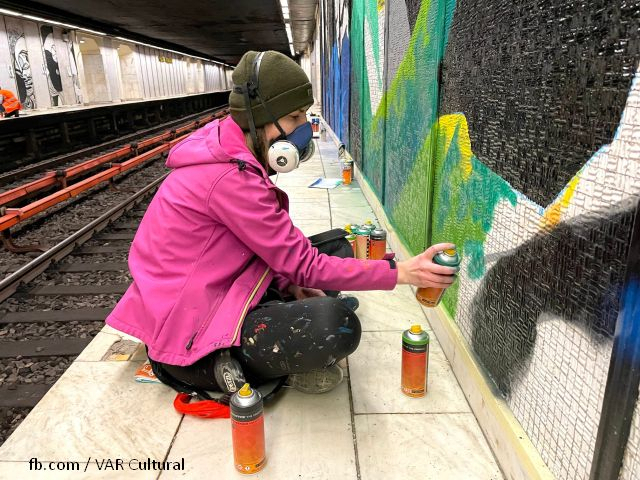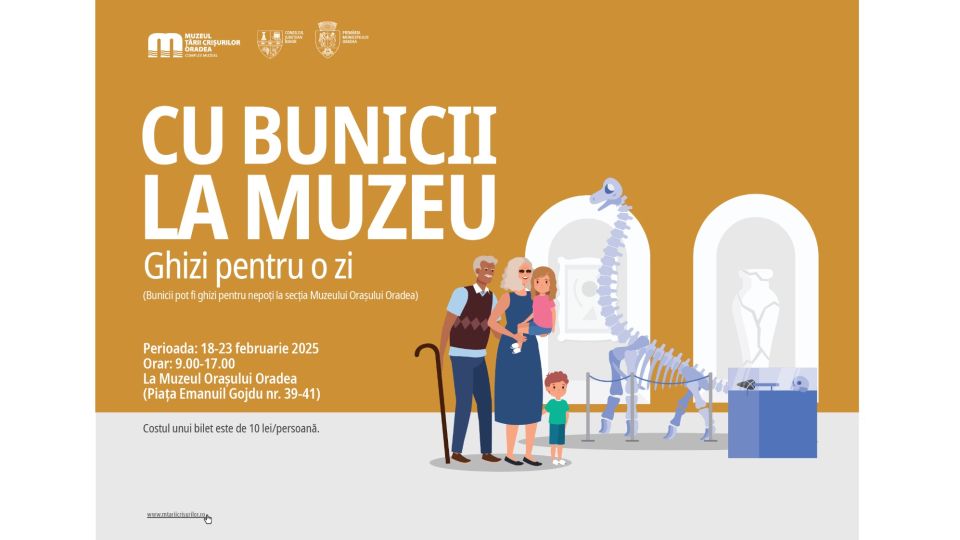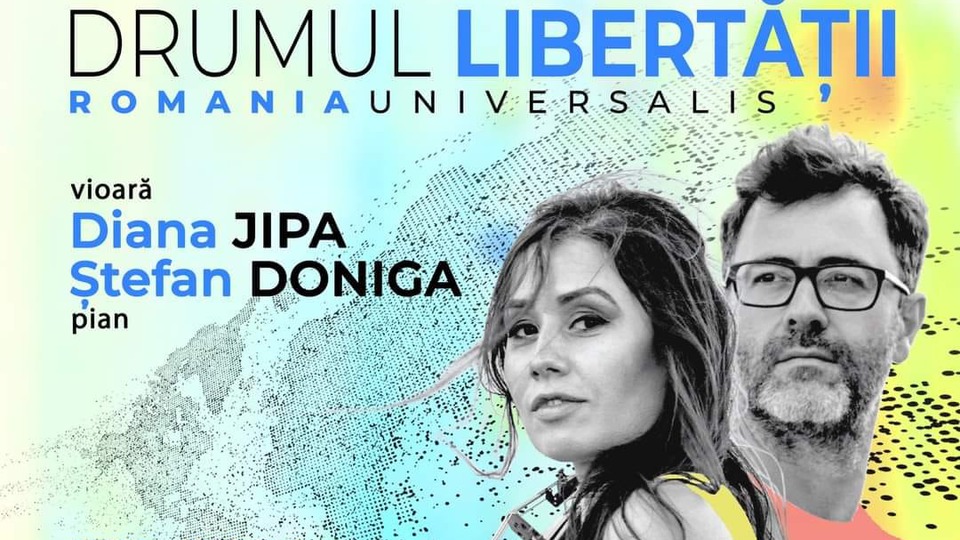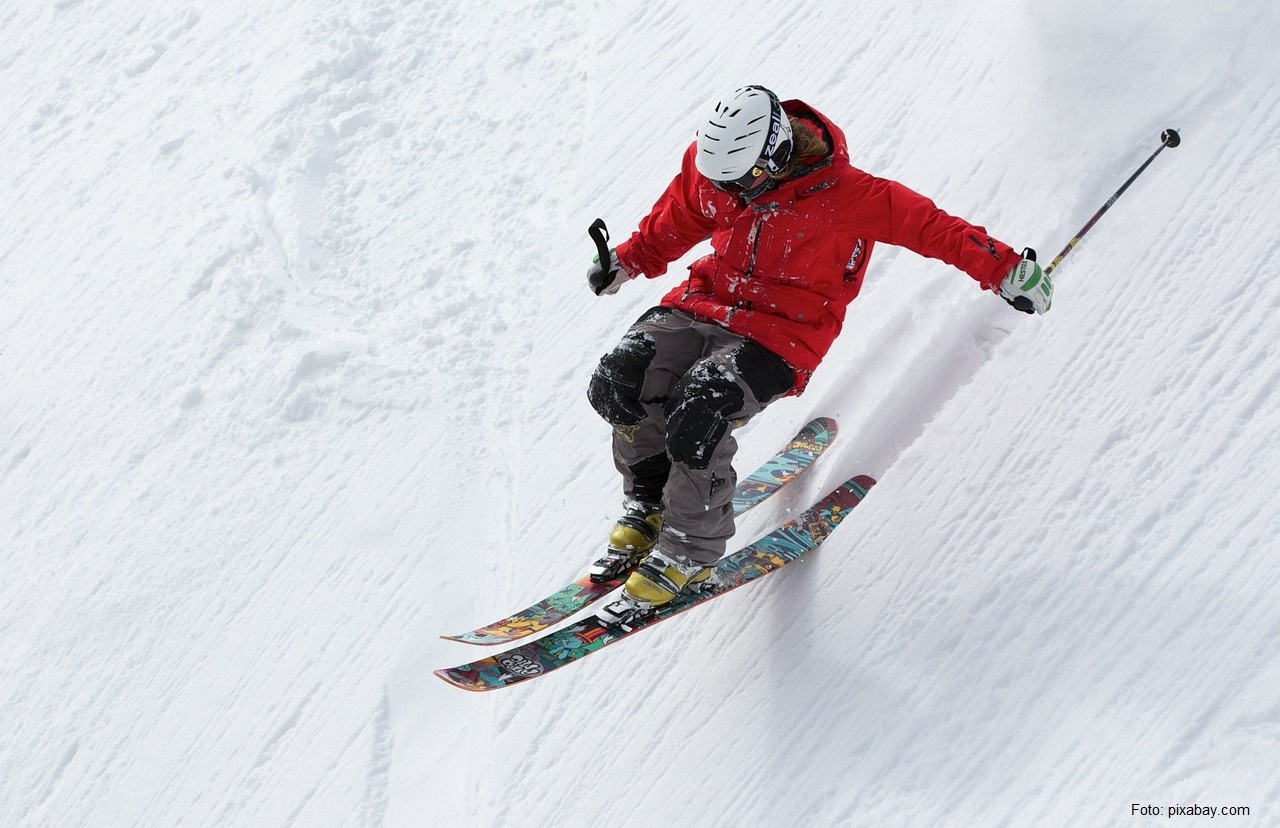M City
We are in a metro station in Bucharest that thousands of people pass through every day

Ana-Maria Cononovici, 15.02.2022, 02:19
Sometimes you see people actually stopping in a metro station. They take their phones out, they scan the QR codes on the walls, or just look around, smiling. We are in a metro station in Bucharest that thousands of people pass through every day. They usually rush through, with no respite, eager to catch the next train. This is presumably one of the aims of the artists from the VAR Cultural Association when they decided to use the metro stations as a contemporary art gallery.
Andu Dumitrescu, an artist and coordinator for the M City project, told us about where the idea came from:
“I dont think its an unusual idea, given how Bucharest looks, because this is what we are talking about. We felt the need to create a project in the visual area, close to the city of Bucharest, which is polluted from all directions, especially visually, and we thought of the best place to put artists, where we could show what quality contemporary art means, and we picked the metro, where visibility is at a maximum.”
So far, the artists have created works of art in two stations of the Bucharest metro, but there will be more subterranean galleries in the future. We asked Andu Dumitrescu why they chose the metro, and what the steps were to carry out the project:
“We thought this was the best venue for making contemporary art better known. We tried to transform the city under the city into a subterranean art gallery. And I must confess, it is not easy. In order to display in a station, and we are at the second one, we work about two or three months, starting with discussions with the artists, everything is volunteer based, each artist going down to the stations voluntarily, and I think this is a proof of respect towards the city. Just as our project is a proof of respect. Then come the discussions with our partner, Metrorex, around each work separately, to establish where every one is placed, and under what conditions. We are referring to passenger security, of course. After that comes the implementation, the technical part of acquiring the materials, we set a work schedule, which is usually between 23:30 and 5 in the morning. And even if we work for a month, the schedule is very tight.”
At the Roman Square station, the most recently adorned, the artists worked for 7 nights. Andu Dumitrescu gave us the details:
“We called on young artists, seniors at art university, and the newly graduated, and we had many that signed up. We evaluated our possibilities, and picked out 14. Right now there are 13, but we also have a ceramics artist. However, his process for making the art is complicated. There is also an issue with supplies, because of the pandemic, and this is why it will take a while to set up his work in Roman Square.”
The themes are inspired by the present, as told by our interlocutor, who invited us to visit the metro:
“I would tempt your listeners with the project itself, and I would recommend they follow closely our association, the VAR Association, which is the producer and creator of the concept. All artists are very good, I couldnt possibly recommend one work over another, I think all the works are very well integrated in metro spaces. We have two spaces we are present in, Izvor and Roman Square, and what follows is Eroilor station.”
Andu Dumitrescu also reviewed for us the techniques used in the works of art:
“This is not mural painting, it is not just mural intervention. This is not what the project in itself is about. It is about every area of contemporary art, be it installations, because in Roman Square, where we have a small installation, there are many mural graphics works, of course, there is photography, and soon ceramics. Also sculpture, at Eroilor station we will have several objects. There is also an augmented reality work, a poster, which, once scanned, becomes animated. Using the phone, one gets on Istagram, and can watch the object. There are also illustrations, which is in the graphics area. We also have something that is almost a fresco, technically speaking. We tried to cover the entire station, on both landings, and in both entrance areas.”
When we went down into the Roman Square station, we were struck by a table with two black and white TV sets, one large one, and one portable, painted colorfully, next to which there are old fashioned knick-knacks.
Going down to a metro station has become more tempting, thanks to the artists who wished for everyone to gain more appreciation for contemporary art.






























